I'm trying to get cultural specific data annotations.
[DisplayFormat(DataFormatString = "{0:d}")]
public DateTime Date{ get; set; }
I thought this would work. So in the us it would show DD/MM/yyyy and in europe it would show MM/DD/YYYY.
To test this, I set my default chrome language to English (UK) and restarted the browser.
I'm still getting the US format though, which leads me to believe my DataFormatString isn't respecting cultures.
How to I fix this? Can I also cut of the year so it's just "yy" instead of "yyyy"?


